Regardless of the outcome of the May 2023 elections, the threat of political violence, largely rooted in longstanding tensions between opposing political sides, will persist for the foreseeable future, writes Saif Islam.
The 14 May election is a litmus test for the state of political division in Thailand. On the one side, incumbent Prime Minister Prayuth Chan-o-cha, who leads the conservative United Thai Nation Party and who has been in power since staging a military coup in 2014, has the support of the military. On the other, Paetongtarn Shinawatra, the daughter of self-exiled former Prime Minister Thaksin Shinawatra, led the charge for the liberal Pheu Thai Party and holds growing popular support, among (some of) the electorate. Already, amid the intensifying contest in the lead up to the vote, many commentators had focused as much on who the winning party would be as they had on how the losing side would react.
Between democracy and military rule
These concerns are warranted. Since the early 1990s, Thai politics have been characterised by significant political instability and over the past two decades, political turmoil has largely centred on the rise and fall of Thaksin and Thaksin-backed parties. Thaksin came to office in 2001 off the back of rising popularity among rural and poor citizens. However, he had little support among the country’s wealthy elite. These deep-seated divisions had come to a head by 2006, when anti-Thaksin protests by ‘Yellow Shirt’ conservative activists, partly instigated by corruption allegations against the prime minister, were met by growing ‘Red Shirt’ demonstrations by Thaksin’s supporters. Following months of persistent unrest, in 2006, the military staged a coup to overthrow Thaksin’s government, forcing Thaksin into self-exile in Dubai.
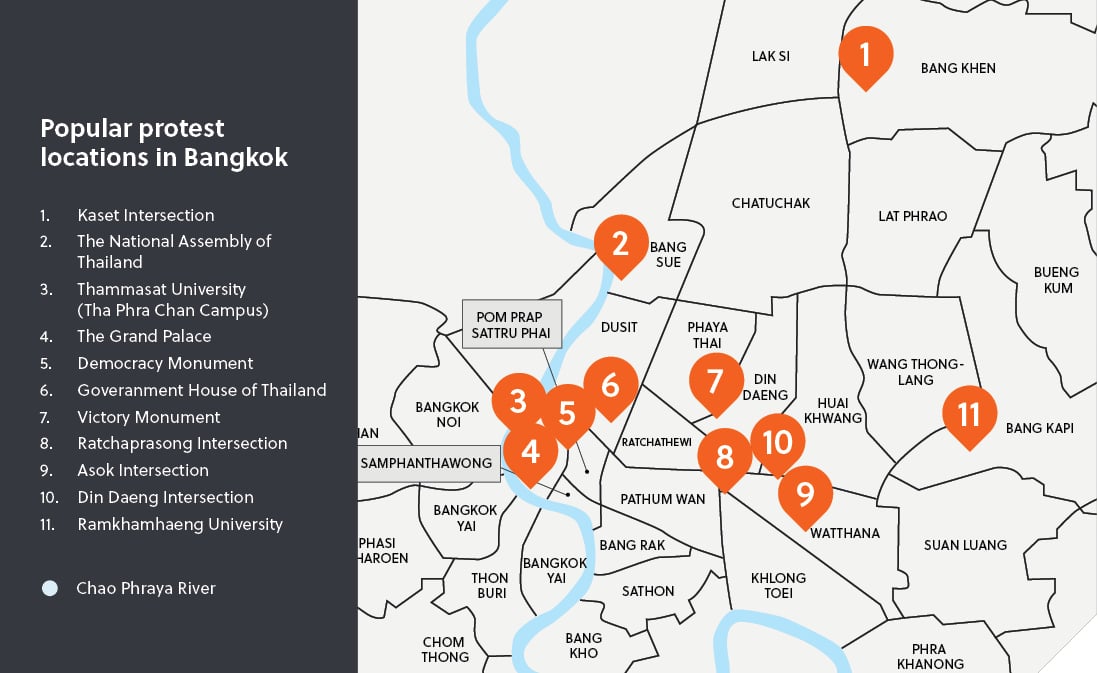
Although his party had remained popular in the north and the north-east countryside in his absence, conservative opposition to Thaksin’s political influence has intensified. Thaksin-backed parties’ subsequent forays into government ended in a court-backed dissolution of the party in 2008, and another military coup in 2014 amidst sustained Yellow Shirt unrest. The latest elections have once again pitted the conservatives against the liberals, raising concerns that the former may takes steps to undermine democracy in Thailand to secure victory, while the latter will see this as the perfect opportunity to renew their political relevance.
Potential for renewed unrest
While associated unrest may not be immediate, there is little room for compromise. The military leader is deeply unpopular among Thailand’s youth, who have become increasingly invested in shaping the country’s future and oppose the military’s autocratic leadership tendencies.
Yet, removal from office would be a significant loss not only for Chan-o-cha but also for his military backers. Whether ensuing unrest will be as widespread and disruptive as the 2020-21 demonstrations remains uncertain, particularly given the government’s systematic use of draconian laws to jail or intimidate activists and opposition leaders over the past two years. Nevertheless, the losing side is unlikely to take defeat lightly.
Operational considerations
Thailand’s conservative and liberal parties have demonstrated the capability to organise large and regular protests. Historically, the conservatives have staged highly disruptive protests, and seized government buildings and airports. Liberal parties have similarly staged unruly crowd control measures but have had to contend with extreme protest controls imposed by authorities, including the use of live ammunition, arrests, and detention without credible charges.
In the event of renewed demonstrations, precedent suggests that the following locations and assets are likely to be most impacted:
|
Central Bangkok has long been the epicentre of protest activity, where activists tend to block major roads, causing significant traffic and related commercial disruptions. Popular protest locations include the Democracy Monument; Victory Monument; Din Daeng Intersection; Ratchaprasong Intersection; Ratchadamnoen Avenue; Government House; the National Assembly; Kaset Intersection; and Asoke Intersection. |
|
|
Government buildings In addition to protesting in front of government buildings, Yellow Shirt activists have occupied government facilities or disrupted government services in the past. For instance, in 2013, Yellow Shirt protesters occupied multiple government offices, including the Ministry of Finance and the Ministry of Foreign Affairs. Activists also besieged and occupied Government House from August to December 2008. |
|
|
Airports In 2008, Yellow Shirt protesters blocked the main expressway to Bangkok’s Suvarnabhumi Airport, occupying the facility as well as Don Mueang Airport for ten days. In 2017, a court ordered protest leaders to pay damages worth more than USD 15 million in total for the airport blockades. |
|
|
Educational institutions High schools, colleges and universities also remain popular protest locations, especially for liberal youth. In recent years, there have been occasional protests as well as clashes between rival protesters in Thammasat University and Ramkhamhaeng University in Bangkok, for example. |
Major political developments over the past two decades2001 – Thaksin Shinawatra elected as prime minister. 2006 – Military overthrows Thaksin after months of Yellow Shirt protests. 2007 – Thaksin-allied party wins post-coup elections. 2008 – Court dissolves ruling pro-Thaksin party amidst disruptive Yellow Shirt protests. Another party forms new government. 2010 – Pro-Thaksin Red Shirts launch anti-government protest campaign. 2011 – Thaksin-allied party wins elections, but anti-Thaksin protests continue. 2014 – Army chief Prayuth Chan-o-cha seizes power after months of Yellow Shirt protests. 2019 – General elections held; Chan-o-cha becomes prime minister. |
Ripe for remedy
Thailand watchers are tracking the post-election context closely, hoping to see the first of many requisite steps needed to improve Thailand’s democratic standing. All the while, they wait to see whether the latest vote will be the kindling for further political unrest in the country.

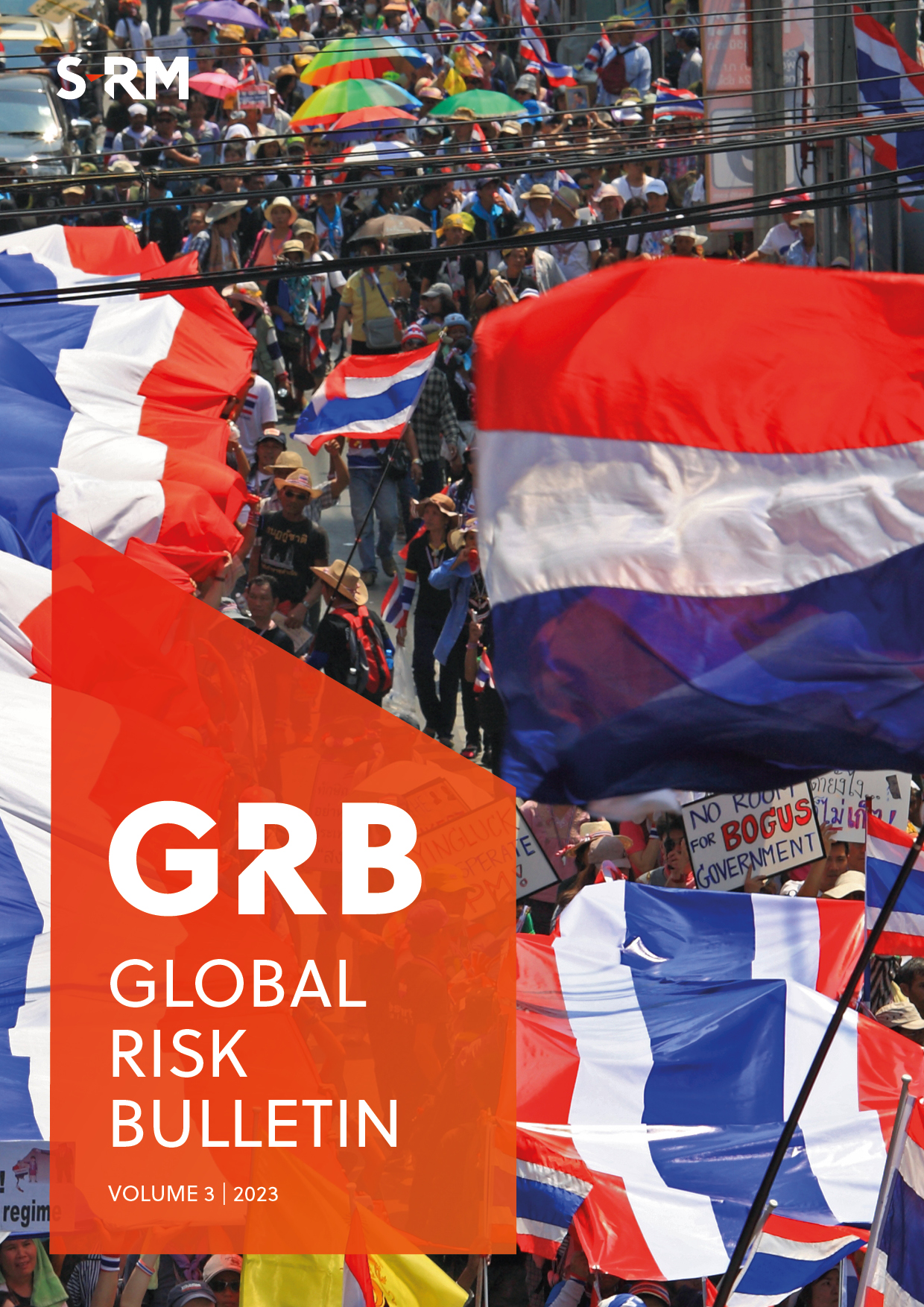


 Email Saif
Email Saif
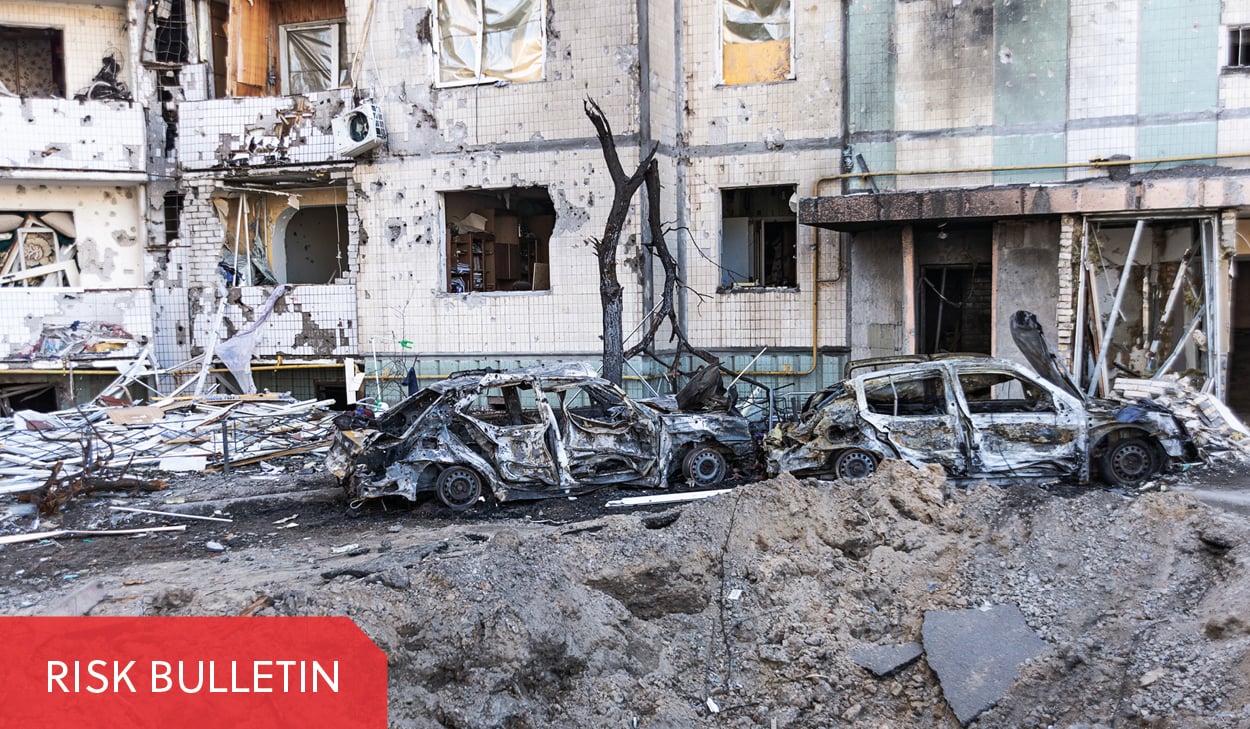
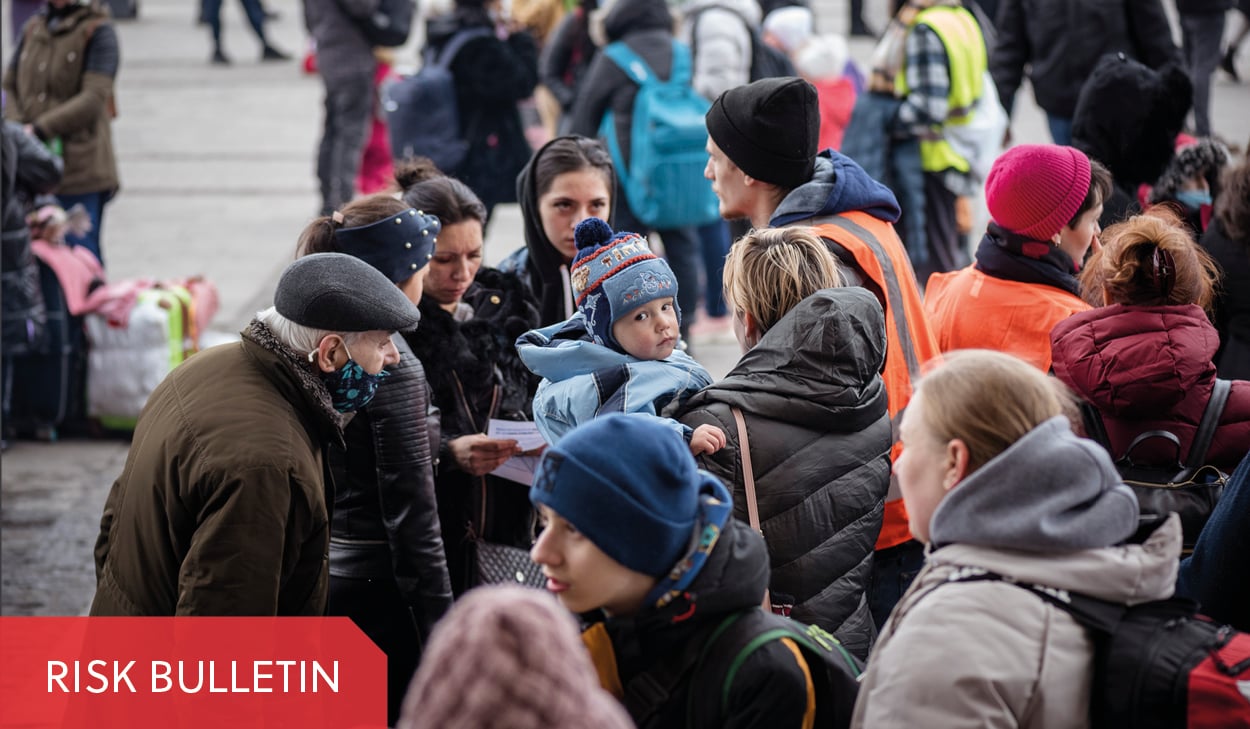
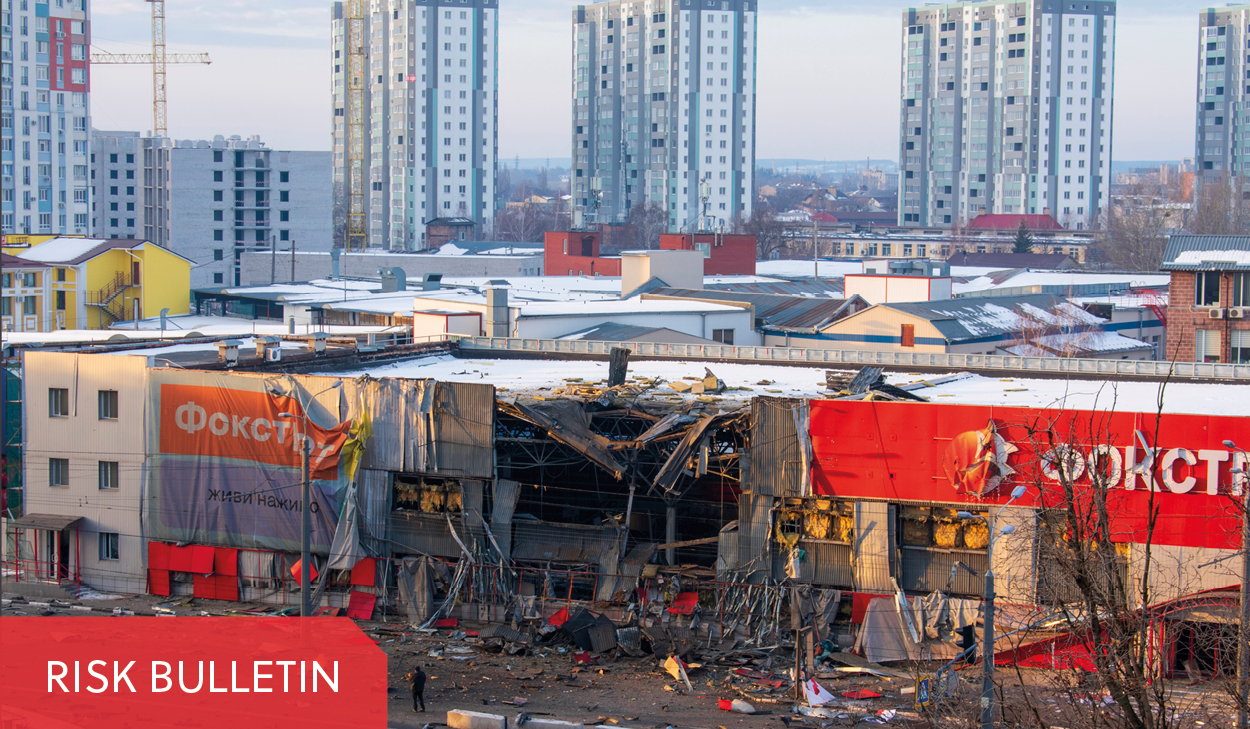


 @SRMInform
@SRMInform
 S-RM
S-RM
 hello@s-rminform.com
hello@s-rminform.com

